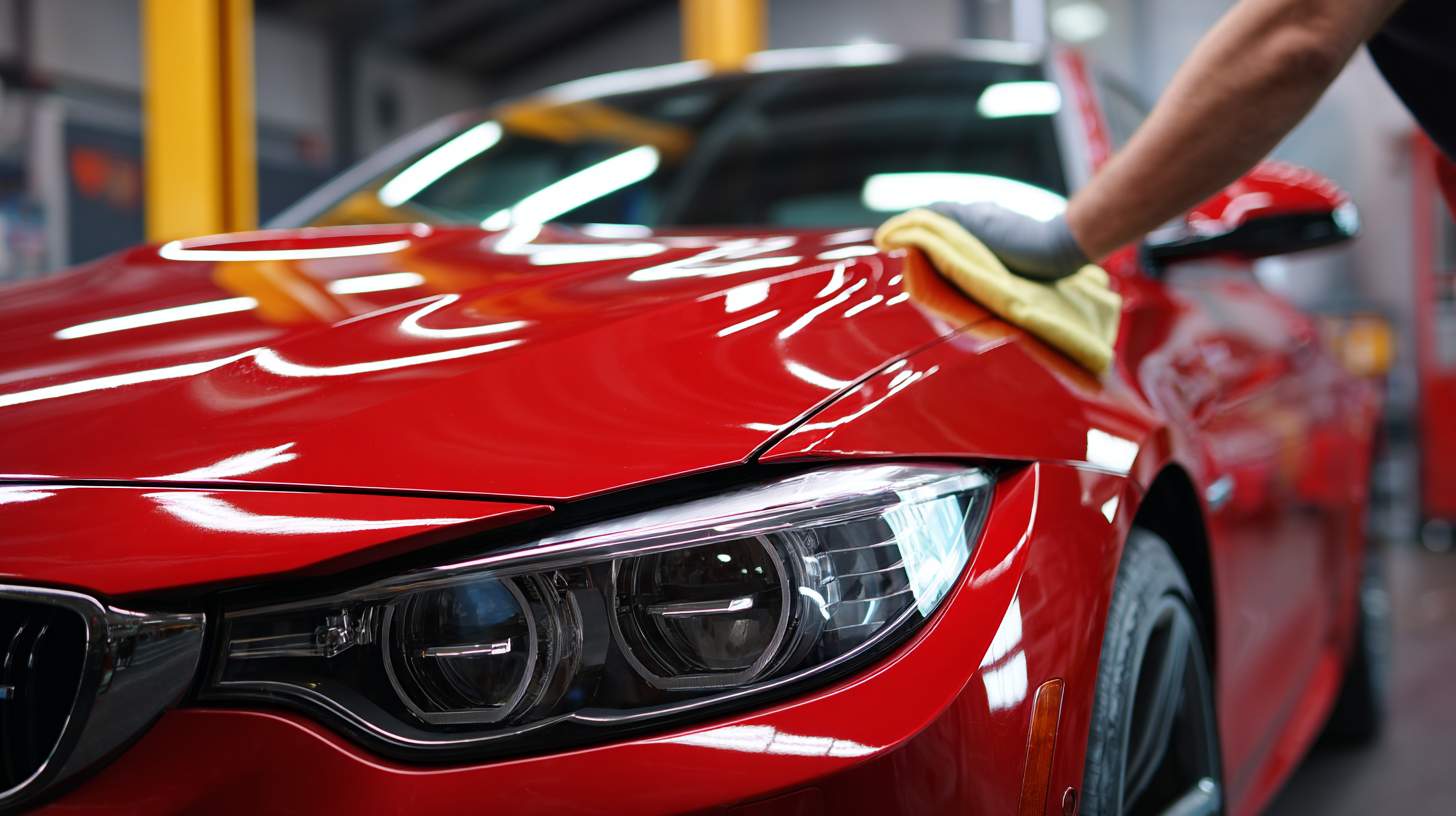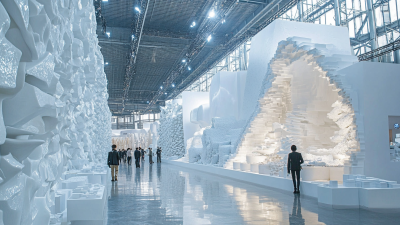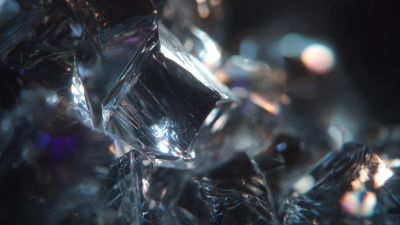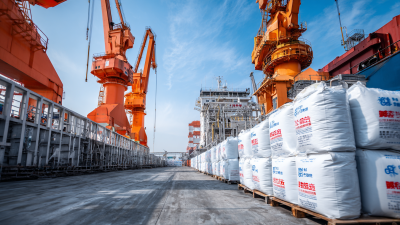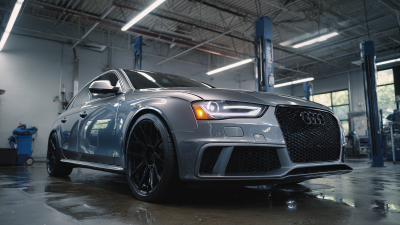In recent years, the application of ceramic coating on steel has emerged as a revolutionary technique to enhance durability and corrosion resistance in various industrial and automotive applications. According to a report by MarketsandMarkets, the ceramic coating market is projected to reach USD 14.6 billion by 2024, driven largely by its growing use in high-performance environments. This coating not only provides a robust protective barrier but also improves aesthetic appeal, making it an attractive option for manufacturers. The advantages of ceramic coating on steel include its high resistance to wear and extreme temperatures, withstanding conditions up to 1,800°F (982°C), as noted in research from the Journal of Materials Science. Consequently, understanding the best practices for the effective application of ceramic coatings is essential for maximizing their potential benefits and ensuring long-lasting performance in demanding applications.
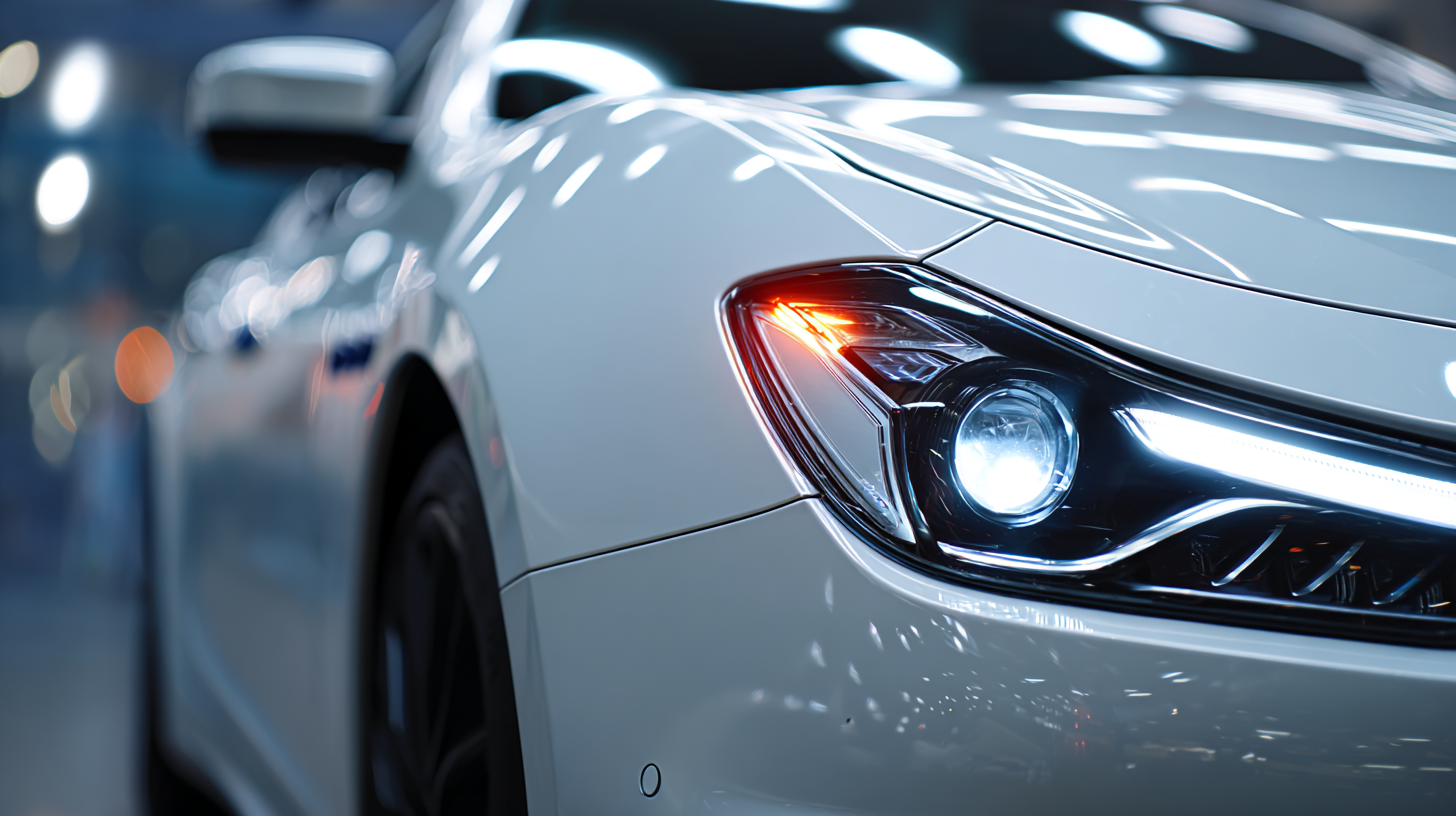
Ceramic coating is increasingly recognized for its ability to enhance the durability of steel surfaces. This advanced material forms a protective layer that withstands harsh environmental conditions, chemical exposure, and physical abrasion. One of the standout benefits of ceramic coating is its resistance to high temperatures, which makes it an ideal choice for automotive and industrial applications. Moreover, its hydrophobic properties allow for easy cleaning and maintenance, ensuring that steel surfaces remain pristine over time.
To effectively apply ceramic coating, it is crucial to prepare the metal surface thoroughly. This includes cleaning, sanding, and ensuring there are no contaminants. A well-prepped surface maximizes the adhesion of the ceramic layer, leading to enhanced durability and longevity. Additionally, consider applying the coating in controlled conditions—ideally in a dust-free environment to avoid imperfections.
When applying the ceramic coating, remember these tips: first, use a sprayer for an even application, as brush marks can weaken the coat. Second, allow adequate curing time between coats to ensure optimal bonding. Finally, after the application, avoid exposing the coated steel to moisture for at least 24 hours, which helps guarantee a robust and resilient finish.
Essential surface preparation is crucial for achieving optimal ceramic coating adhesion on steel surfaces. Research indicates that up to 60% of coating failures can be attributed to inadequate surface preparation (Source: Coatings Industry Report, 2022). To maximize durability, it is vital to begin with a thorough cleaning process, removing all contaminants such as oil, dust, and grease that can hinder the coating's bond. Utilizing solutions such as solvent degreasers or alkaline cleaners can enhance surface cleanliness and provide a reliable foundation for adhesion.
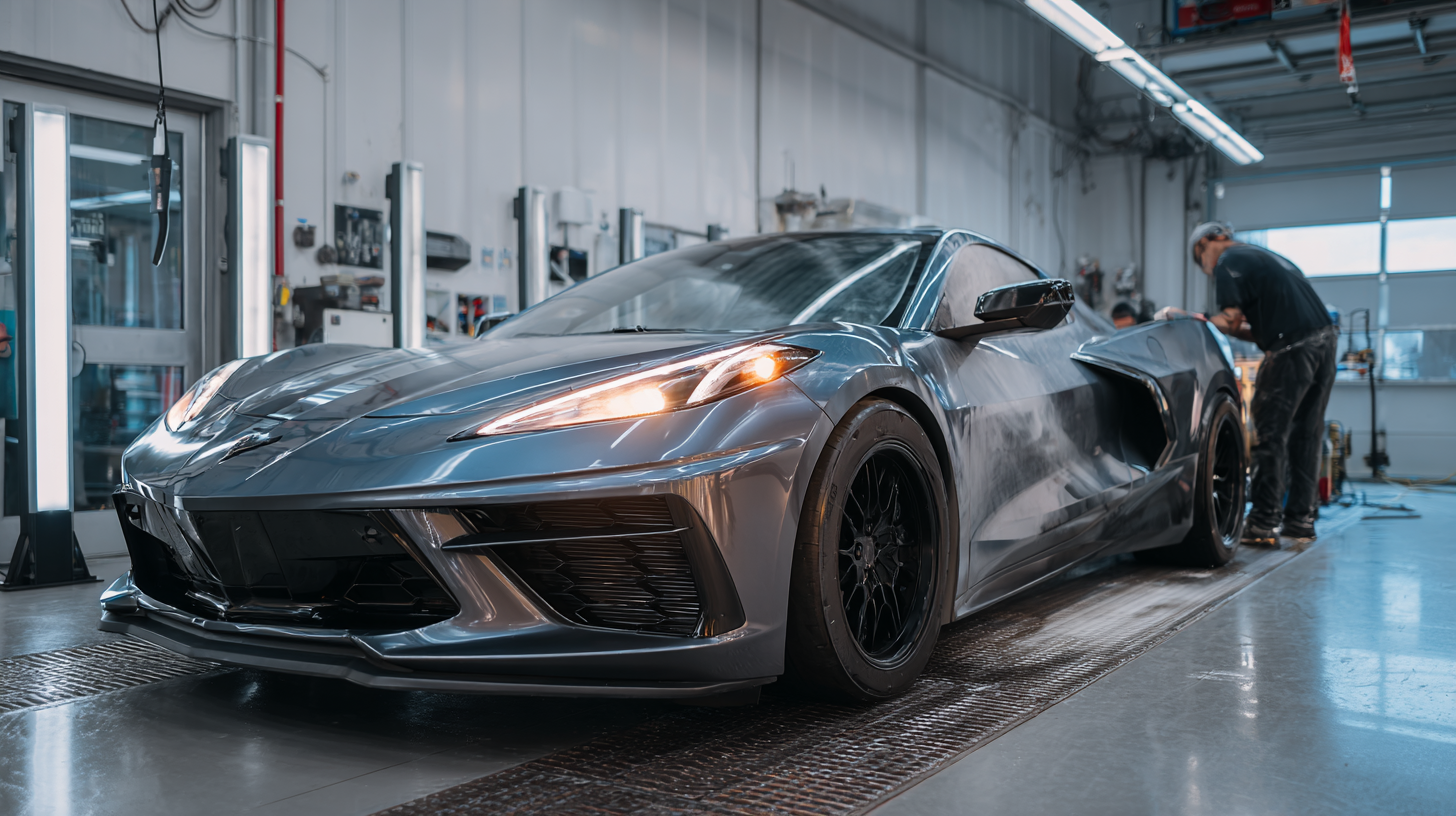
After cleaning, the next step involves mechanical preparation techniques, like sanding or blasting, which create a profile on the steel surface. Studies have shown that proper surface profiling can increase coating adhesion by as much as 50% (Source: Journal of Coating Technology and Research, 2021). For ceramic coatings specifically, achieving the right surface roughness is essential. The ideal range for surface roughness is typically between 1.5 to 3.0 mils (38 to 76 microns), allowing for optimal interlocking between the ceramic material and steel. By meticulously following these preparation steps, one can significantly enhance the effectiveness and longevity of ceramic coatings on steel substrates.
Applying ceramic coating on steel can significantly enhance its durability and resistance to environmental factors. To achieve a uniform ceramic coating coverage, it's essential to follow a detailed step-by-step application process. First, thoroughly clean the steel surface with a degreaser to remove any contaminants, rust, or old coatings. This ensures optimal adhesion of the ceramic layer. After cleaning, dry the surface completely and inspect for any imperfections.
Next, prepare the ceramic coating as per the manufacturer's instructions. Using a foam applicator, apply the coating evenly across the steel surface, starting with small sections to maintain control. Work in a well-ventilated area to allow proper curing and avoid harmful fumes. It's crucial to apply multiple thin layers rather than one thick layer to prevent drips and ensure a smooth finish.
**Tip:** Always conduct a patch test on a small section to ensure compatibility and desired results before full application. Another handy tip is to use a microfiber cloth to buff the surface after applying the final layer, which can enhance the shine and uniformity of the coating. Following these steps will help you achieve a durable, high-quality finish that prolongs the life of your steel surfaces.
Post-application curing is a critical phase in the process of ceramic coating on steel, significantly influencing the performance and durability of the coating. According to a report by Coating Tech, improperly cured coatings can lead to reduced adhesion and diminished mechanical properties, which are essential for the longevity of the protective layer. It is recommended that the curing environment be controlled for both temperature and humidity levels. A study published in the Journal of Coating Technology found that maintaining a temperature between 20°C and 25°C during the curing period can enhance the cross-linking of the ceramic particles, thereby improving scratch resistance by up to 50%.
Another key factor in post-application curing is the duration of the curing process. The American Coatings Association states that for optimal performance, ceramic coatings should cure for a minimum of 24 hours, with some advanced formulations benefitting from extended curing times of up to 72 hours. This extended period allows for increased molecular bonding and improves the overall chemical resistance of the coating. Incorporating the right curing strategies can significantly enhance the coating's ability to withstand harsh environmental conditions, ensuring that the steel substrate remains protected over an extended lifespan.
Ceramic coating has become a popular choice for enhancing the durability and appearance of steel products. To ensure that your ceramic-coated steel maintains its integrity over time, regular maintenance practices are essential. These coatings require special care to extend their lifespan, keeping them looking pristine and functional.
One of the primary tips for maintaining ceramic-coated steel is to clean it regularly using a pH-balanced soap and soft cloth. Avoid abrasive cleaners and tools, as they can scratch the surface and compromise the coating’s effectiveness. Additionally, consider applying a dedicated ceramic coating maintenance product periodically to enhance the protective layer and provide additional hydrophobic properties.
Another important aspect is to avoid exposing the coated surface to extreme weather conditions for prolonged periods. If possible, store these products in a controlled environment when not in use. For items that are frequently exposed to the elements, consider implementing a protective cover or shelter to shield them from harsh sunlight and inclement weather, which can degrade the coating over time. By following these best practices, you can significantly extend the lifespan of your ceramic-coated steel products.
